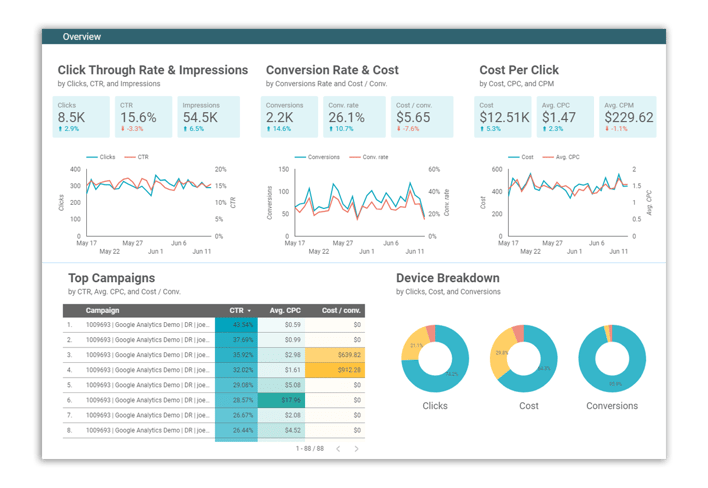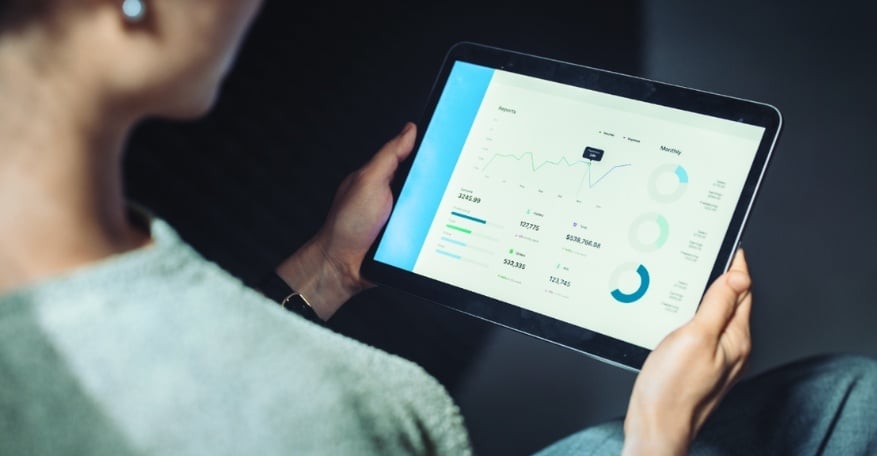Marketing KPIs & Benchmarks for 2026
We work with B2B leaders every day who have extensive marketing data, but don't know what to make of it. It's hard to know you're on track to meet...
2 min read
Michele Nichols Thu, Jul 01, 2021


Organizations in every industry are undergoing change initiatives, whether market-driven, customer-driven, or operational. To succeed, you’ll need employee engagement and support for well-defined, measurable goals. That’s where dashboards come in.
Dashboard reporting hits on some of the major trends in many industries today:
But at the heart of it, it’s about clarity. And clear is kind. To best support your employees through an organizational transformation, you will need to connect the dots between their work, impact on the customer, and overall business goals. Shared KPIs on a visible dashboard can help accomplish this.

In some companies we work with, digital transformation is creating the opportunity and the need for more meaningful, integrated dashboards; while in others, the reverse is true: they’re moving more and more of their activities to digital dashboards to increase transparency.
One recent example: in aligning multiple sales teams around a new sales process, we’ve implemented a CRM, sales, and marketing platform that now allows for a single shared dashboard and forecasting.
In another, the integration of their CRM and ERP allows for a single, company-wide dashboard on safety, quality, and revenue.
A few things we’ve learned along the way:
Clear, actionable reporting can be easier—but it can create challenges in people, process, and technology. Download our Digital Transformation guide for practical tips on overcoming top challenges.

We work with B2B leaders every day who have extensive marketing data, but don't know what to make of it. It's hard to know you're on track to meet...

Get a Competitive Edge with Comprehensive AI & GEO Insights If you are beginning to notice an erosion in organic traffic and leads, it may be time to...

Updated on 6/10/24 The 80/20 rule or Pareto principle, is a long-standing business strategy that a lot of companies are applying right now to...